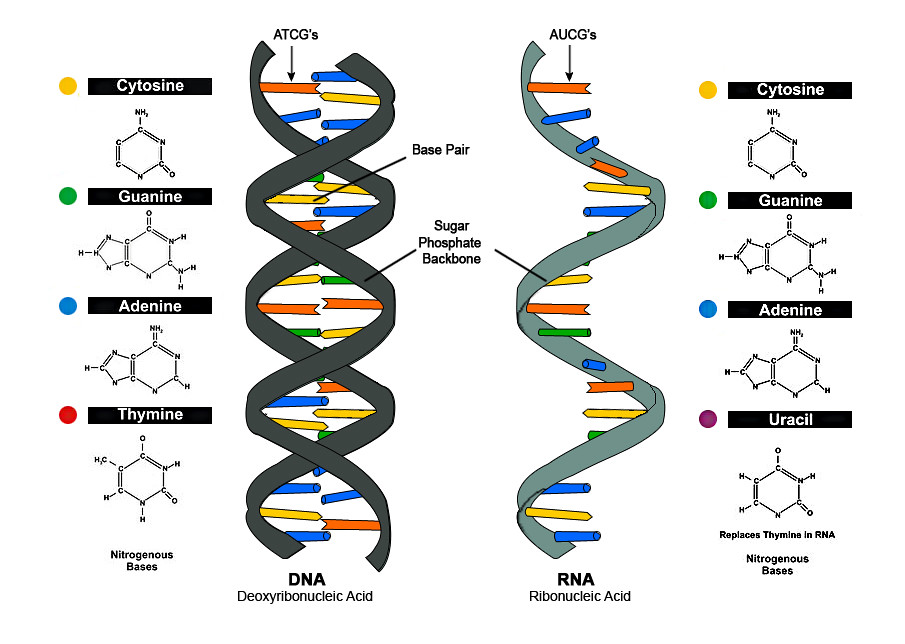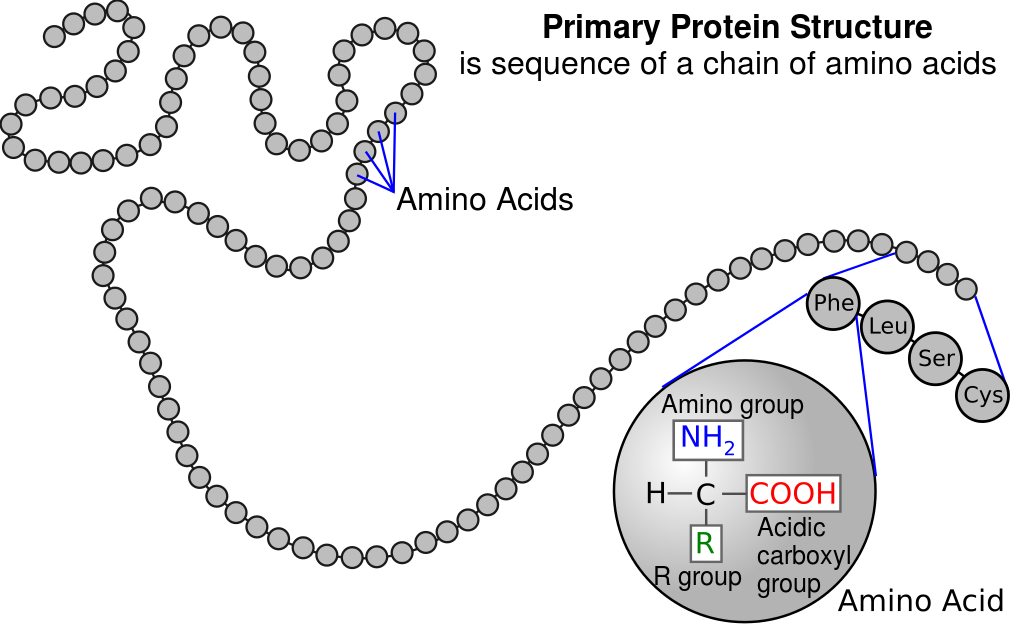RNA is single stranded, has ribose, and contains Uracil instead of Thymine. Dna is the master copy and RNA is the temporary copy of DNA. RNA serves as a temporary copy of a gene, then delivers the copy to the ribosomes. The Ribosomes use this copy to make proteins. The proteins are then transcribed and read by the RNA polymerase, then copied into DNA code for a protein as an mRNA copy. The DNA then unzips, and the RNA polymerase matches spare nucleotides to make an RNA strand. mRNA is then produced and leaves the nucleus for cytoplasm. The mRNA is read by the ribosome 3 bases at a time, then translated from DNA language into protein language. I also learned that a codon is 3 bases in a sequence. Acquiring effects that range from being nonexistent to fatal, Mutations are a change in the DNA code. Since mutations change DNA, it changes proteins. My strength in this unit was learning how to transcribe DNA into protein language. I was able to easily catch onto how the specific code can change if mutations effect it. My weakness was fully grasping all of the information regarding exactly all of the things DNA does. I want to learn more the Ribosome and how it exactly copies DNA code to make an mRNA copy. I wonder how scientists/biologists/ came to discover where and how these processes occur.

https://c2.staticflickr.com/8/7377/10082811755_d108c78942_b.jpg
I am a better student today because I am trying my best to apply myself to all of my classes and not just do the assigned work to get it over with, but to really try to understand it. Additionally, I used to constantly use my phone while doing homework or studying, sending snapchats, texting, or just looking through Instagram. Now I only touch my phone every 30 minutes to change the playlist I'm listening to. Comparing my study habits to freshman year, I have improved greatly and grown as a student. By narrowing down my social life, I have been able to find more time to study, which lead me to having better grades than last year. I hope next semester my grades will be even better, and I am pleased that I am gradually improving as a student.




